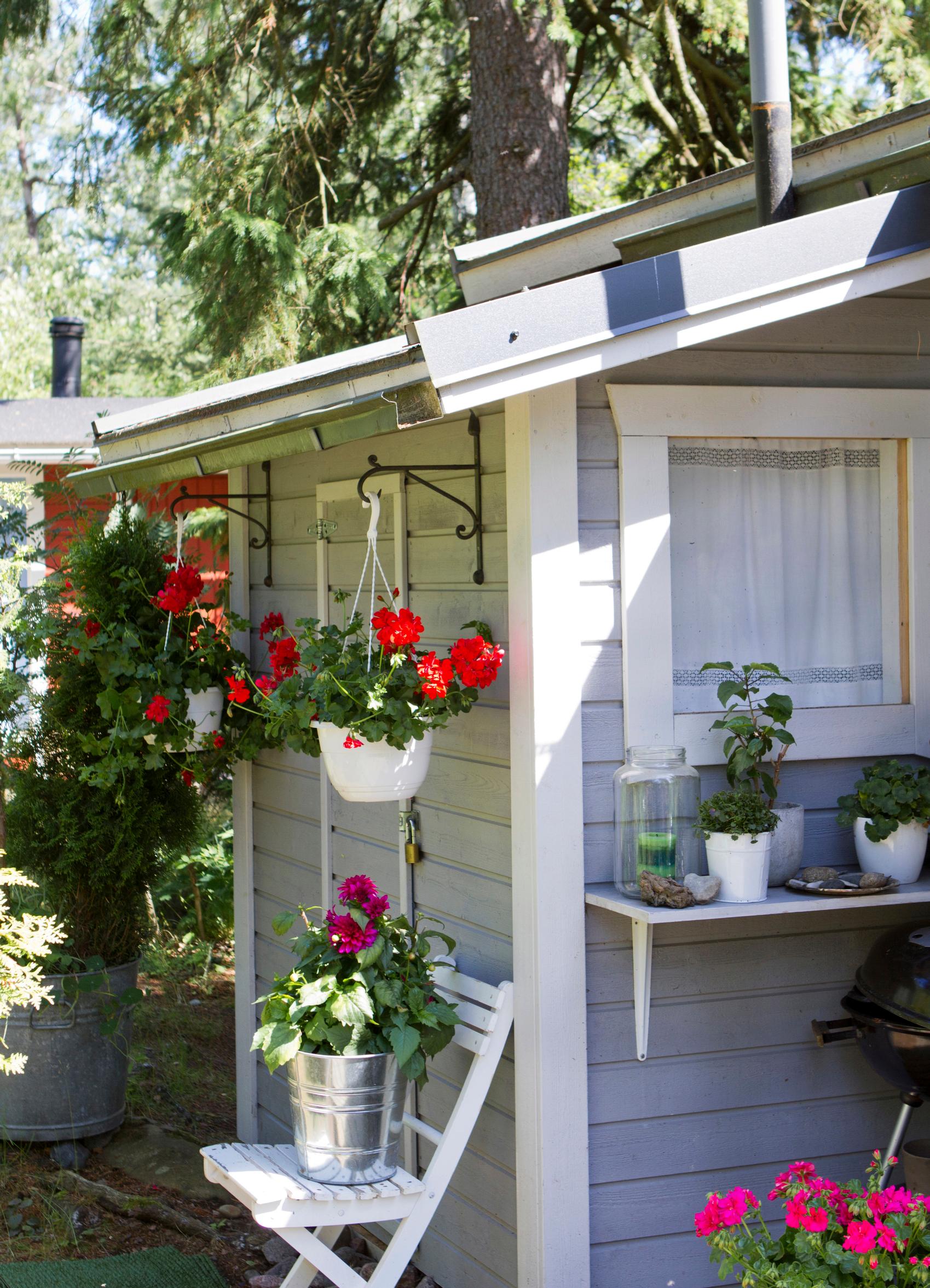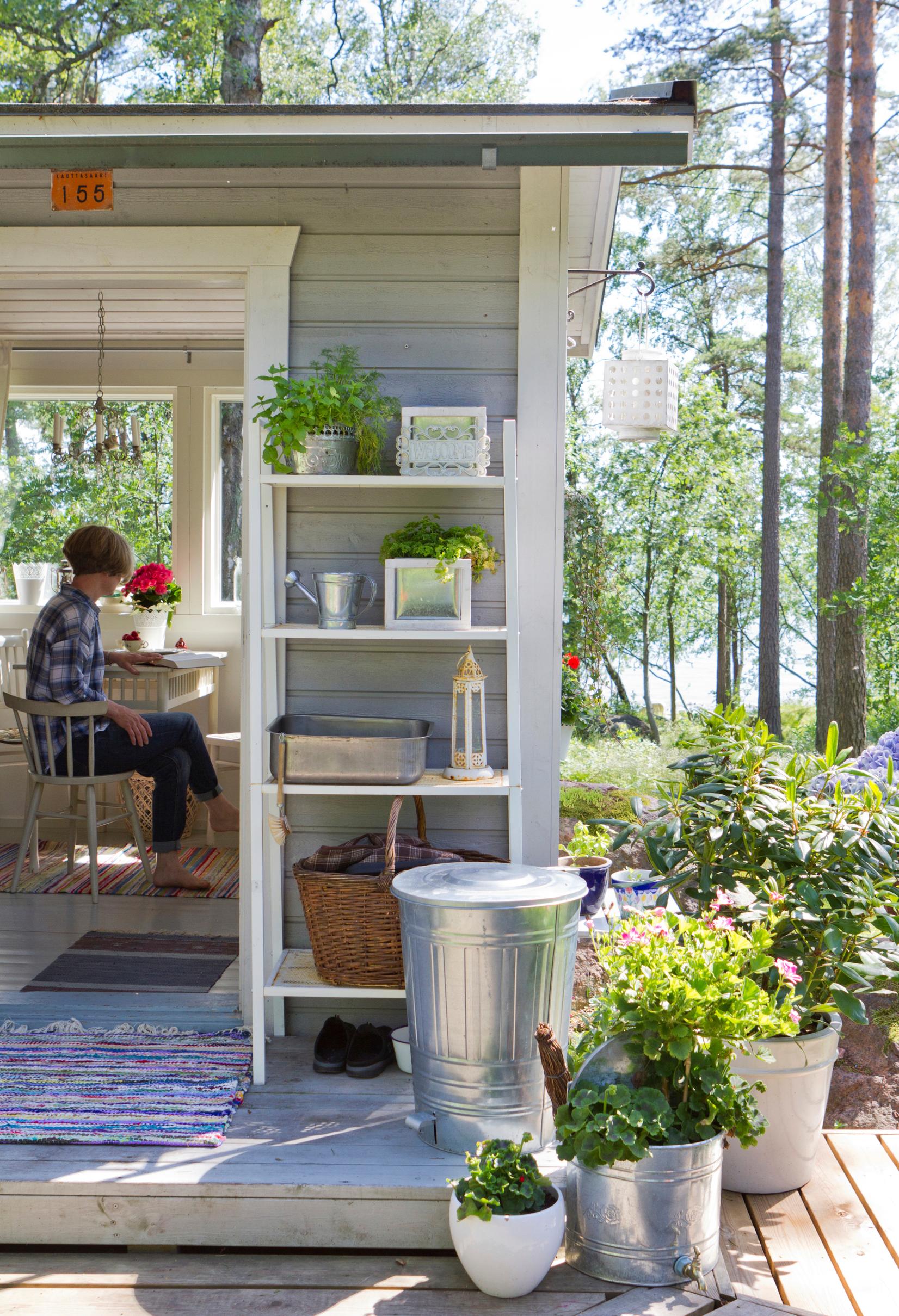
Helsinki’s summer lodges are an internationally unique phenomenon—here’s the story of these tiny cottages
Playhouse-sized summer lodges are a Helsinki-born phenomenon dating back to the 1920s–1930s. Unlike community gardens, these cottage areas must remain in their natural state.
Many European cities have communal garden areas, but Helsinki’s summer lodge tradition is internationally unique. Across Helsinki’s forested coastlines and islands, there are around 1,600 of these tiny cottages in total.
Unlike community gardens, no fences are permitted around the summer cottages, and nothing may be cultivated on the plot. The city’s rules require owners to preserve the natural surroundings. The little cottages sit on public recreational land open to everyone, so anyone can explore the area. However, it’s important to respect each cottage resident’s privacy.
The summer lodge tradition dates back to the 1920s–1930s, when companies and organizations began offering employees a chance to enjoy nature. At that time, people also worked on Saturdays. In the early years, summer vacationers stayed in tents or fiberboard shelters that had to be taken down each autumn. In 1941, permanent cottage construction became allowed, and in 1946 architect Hilding Ekelund designed a 12-square-meter (129 sq ft) wooden cabin that became the prototype for summer cottages.
Helsinki has nine summer lodge areas in total, managed by 16 associations. Many cottages lie on islands off the city’s coast and on Varsasaari, which officially belongs to Helsinki despite being on the neighboring city of Espoo's side. The largest area is in Lauttasaari, where nearly 500 cottages line the forested shores. Kivinokka and Lammassaari are well-known cottage communities in East Helsinki.

Amenities vary from cottage to cottage. For instance, in Särkiniemi and Veijarivuori on Lauttasaari’s southern shore, the cottages are not connected to the power grid, so residents rely on solar panels and root cellars.
Although the City of Helsinki owns the land, the cottages themselves belong to private owners. Each cottage is permitted to measure up to 14 square meters (150 sq ft), with up to two square meters (22 sq ft) of storage space beside it. Owners may also build a terrace, which is strictly regulated. Around seven square meters (75 sq ft) of land can be used for a seating area and a small yard. Private saunas or cellars are not permitted.
Restrictions on selling these cottages have been eased, and the only current requirement is that the buyer lives in Helsinki. Most of these tiny cottages change hands through word of mouth and never reach the open market. If you’re interested in purchasing one, it’s best to check directly with the associations about any that might be available.


